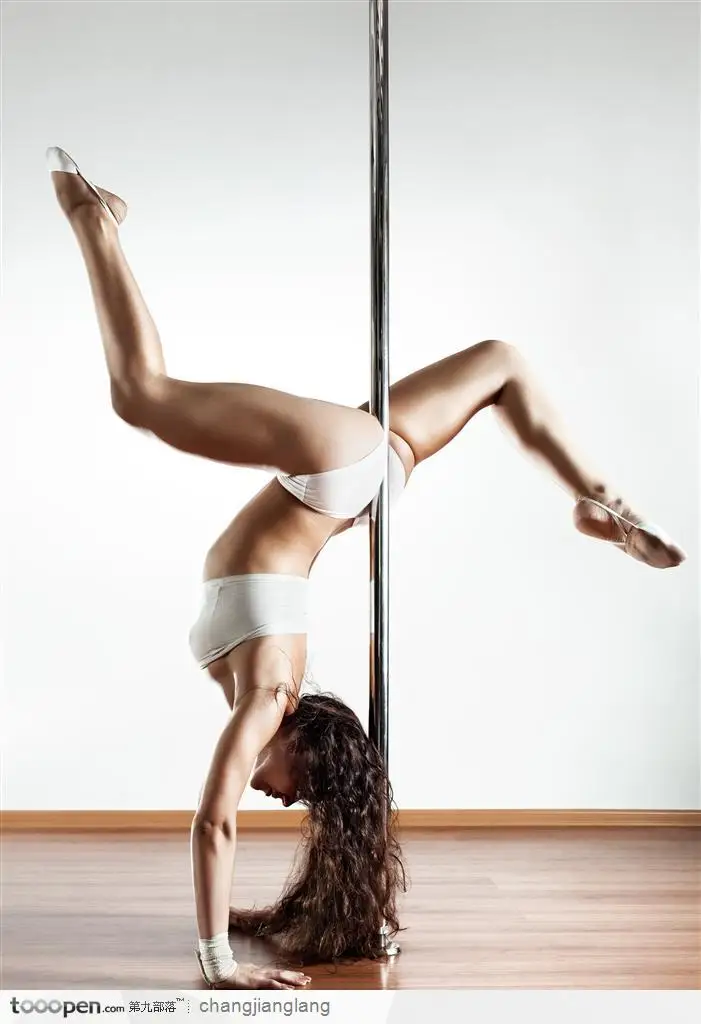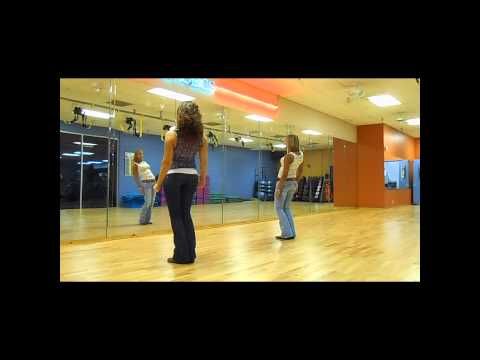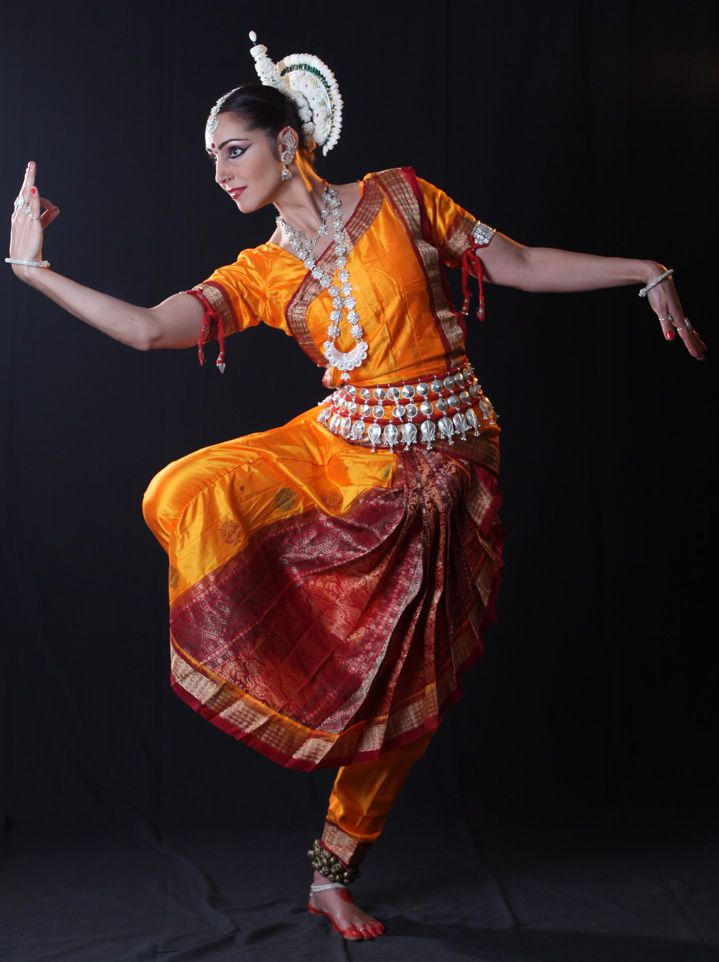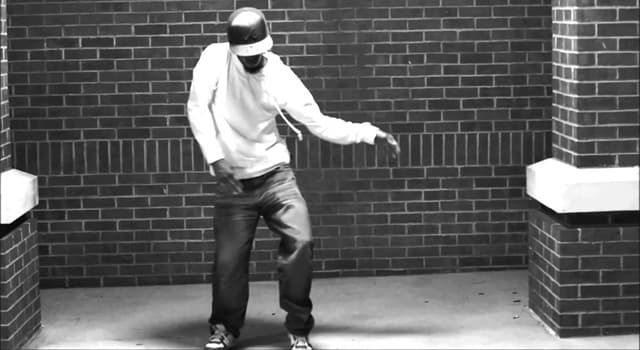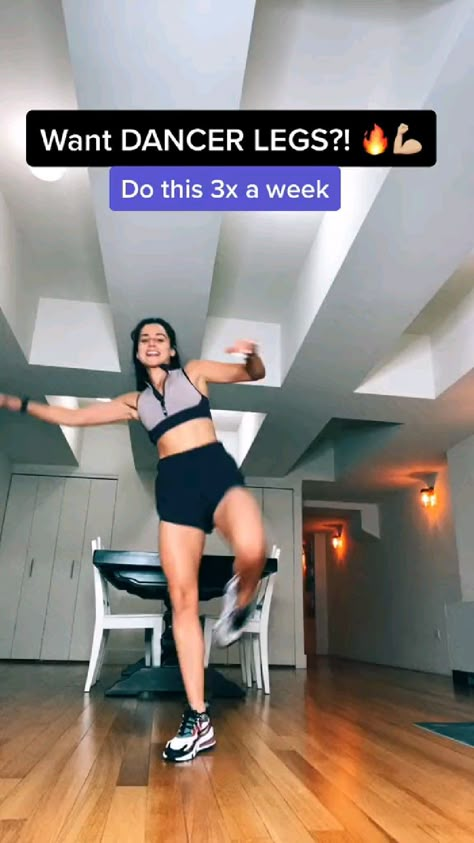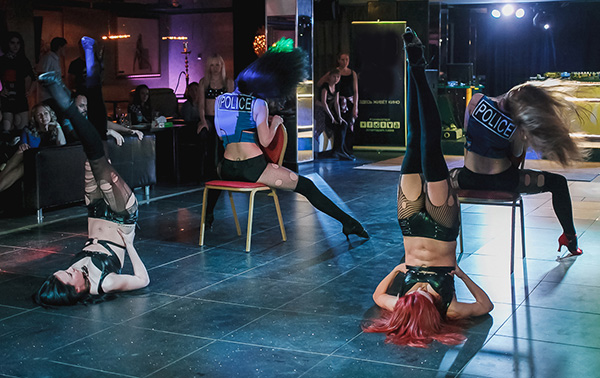How to poi dance
How to Spin Poi for Beginners | Learn Poi Tricks
If you’re a beginner poi spinner, this article will teach you the fundamental skills required to use LED poi balls.
With so many techniques to learn, entering the world of poi for the first time can be daunting. It can be difficult to find a good starting point, and it’s not always clear when you’ve made progress. That’s why we here at UltraPoi want to highlight five essential beginner poi tricks recommended by DrexFactor, who you can support on Patreon if you enjoy his tutorials.
By learning these five poi tricks, you’ll gain control of your poi and see clear progress, which will encourage you to continue learning.
TOP 5 BEGINNER POI TRICKS
For each of the following beginner poi tricks, we recommend using our LED Poi Sets. UltraPoi LED Poi sets are designed for the type of spinning we discuss, so without them, you may get lost. Another note: If you find yourself struggling to achieve one of the following tricks, don’t skip ahead. Each trick builds upon the last, so it’s to your benefit that you learn them in order.
Here are the five best beginner poi tricks you should be practicing, in order from least difficult to most difficult.
1. REEL TURNS
Reel turns teach you plane control and how to move your body in relation to the plane on which your poi are spinning. An easy way to see this is to turn your body in a circle while spinning your poi through the air. You’ll quickly notice how the position of your poi changes as the position of your body changes. Reel turns will teach you how to maintain control over your poi, even when your body is turning. Here’s how…
- Begin by spinning your two poi in circles, parallel to one another, on opposite sides of your body. At this point, each poi is spinning on its own plane.
- Next, while spinning your poi, rotate your body 90 degrees to either your left or right side. As you rotate, reorient your poi to be on the same flat plane in front of you.
 More specifically, bring forward whichever poi is held opposite the direction you are turning (if you turn right, for example, you will bring forward the poi in your left hand).
More specifically, bring forward whichever poi is held opposite the direction you are turning (if you turn right, for example, you will bring forward the poi in your left hand). - Continue rotating until you’re facing 180 degrees away from where you started. Then, return your spinning poi to either side of your body. Your poi should still be spinning the same direction (either clockwise or counterclockwise).
2. BUTTERFLIES
Butterflies are an effective move for learning wall planes, a technique that relies on your ability to spin poi along a path that is perpendicular to your body. Basically, imagine there’s a wall in front of you, and try to spin your poi parallel to that wall while keeping them an equal distance from it. By practicing butterflies, you’ll also improve your motor skills, since you have to prevent the poi from hitting one another (or you) while spinning them in opposite directions.
This beginner poi technique is best learned one piece at a time:
- First, bundle the leash of your poi so that your hands are nearly touching the poi balls.
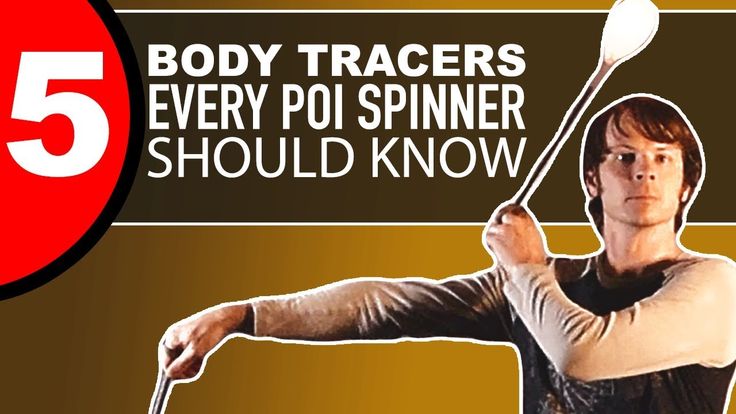 Begin spinning both of your arms in opposite directions to create two large circles. Do this until you feel comfortable with the motion.
Begin spinning both of your arms in opposite directions to create two large circles. Do this until you feel comfortable with the motion. - Release a bit of the leash you bundled up to increase the distance between the poi balls and your hands. Continue creating opposing circles, gradually increasing the length of your poi leashes until they are fully extended.
- Decrease the size of your circles until your hands are almost touching. At this point, your arms will be bouncing up and down, more so than spinning in large circles.
3. WINDMILLS
Windmills will solidify your plane control ability, which you should have learned from practicing reel turns and butterflies. It also introduces a new, more complex technique known as “split time, same direction”. This technique is performed by spinning the poi in the same direction, but at offset times. In other words, your two poi will follow identical paths, but cross the same point along that path at different times, appearing to chase one another.
Another technique you’ll learn by practicing windmills is level changing. Up until now, the beginner poi tricks you learned were performed between your hip and shoulder level, positioning your arms at a natural and comfortable height. Windmills, on the other hand, are performed above your shoulders, which requires more effort on your part.
To learn windmills, we recommend watching the video linked at the start of this subsection. The same goes for the following two tricks, since they are a bit too complicated to describe, and are best understood visually.
4. STALLS
Stalls are executed by stopping your poi’s momentum in midair. They’re primarily used to transition between distinct tricks by changing the speed and direction of one or both of your poi. If you’re transitioning between two tricks wherein the speed and direction of your poi are similar, executing a stall may not be necessary.
For beginners, down stalls and bottom stalls are the most important to learn. Down stalls involve dropping the poi out of the air while maintaining control of the leash. Bottom stalls require a slightly different method, which feels like you’re swinging your poi across your knees, rather than dropping it.
Down stalls involve dropping the poi out of the air while maintaining control of the leash. Bottom stalls require a slightly different method, which feels like you’re swinging your poi across your knees, rather than dropping it.
5. WEAVES/WAISTRAPS
Weaves involve spinning your poi on parallel planes in the direction you’re facing, split time, same direction. Keep them close, but not so close that they touch, and move your arms from one hip to the other, back and forth while maintaining momentum. Waistraps is a move you can add to the weaves, which involves performing weaves while twisting your body 180 degrees, bringing the poi with you. Turn back and forth as you perform the weaves.
Performing weaves, in combination with waistraps, won’t teach you any fundamental skills like the previous four moves we discussed. Instead, this beginner poi trick incorporates the skills you’ve learned up to this point in one complex and challenging technique. Weaves/waistraps, in this sense, is a test, an opportunity for you to prove to yourself that you’re capable of applying the fundamentals to perform an eye-catching trick.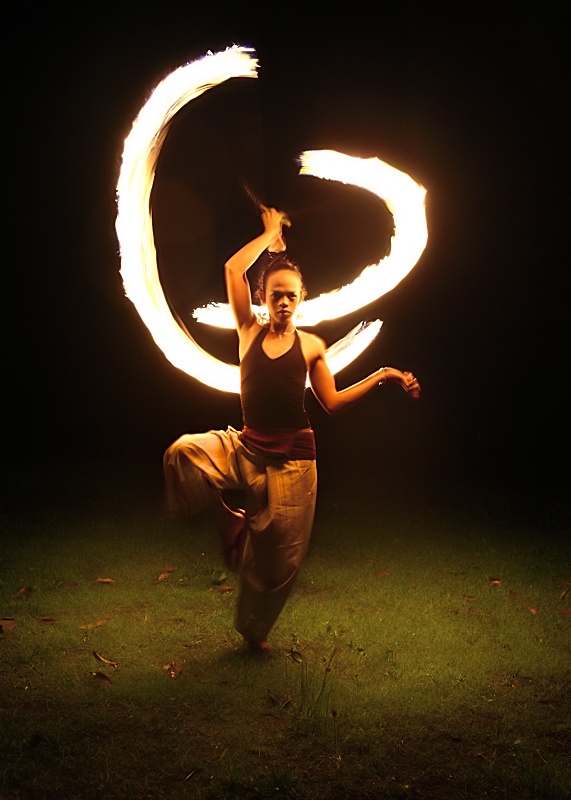
Once you can perform weaves/waistraps consistently, you’ll be on your way to more advanced techniques in no time.
CONCLUSION
These five beginner poi tricks will teach you the most important skills you need to spin with confidence. So, practice them. Master them. Combine them into a single, elegant performance, using stalls as transitions when necessary. Get the LED orb case to protect yourself and your poi when practicing spinning tricks. Learn these fundamentals of poi spinning for beginners, so that you can take your abilities to the next level.
To assist you in your journey to becoming a flow artist, make sure you choose a high-quality set of poi balls. We recommend the Contact Poi to beginners.
What are Poi balls? An introductory guide to Poi spinning
The performing arts culture have mended a trusty commonplace today, from the movies, to the streets, to birthday clowns at children’s events.
In the paragraphs that unfold, we will be taking a journey into the history of one of the most ancient and yet fascinating forms of dancing: Poi dancing, also referred to as poi spinning. We will also take a close look at poi balls, the interesting physics of poi ball spinning, etc.
Disclosure: This post contain affiliate links, we may earn advertising commissions for sharing products we know and love.
1. What are poi balls?
2. The origin/history of Poi-ball spinning.
3. Things to consider when buying a Poi ball
4. How to make a Poi ball at home.
5. The interesting physics of Poi ball spinning.
6. Benefits of Poi ball spinning.
The art of poi spinning requires the use of poi balls. These are objects that serve as the head of the Poi, transferring their weight, as they are attached to ropes and spun.
Traditional Poi varies from modern Poi in the constituent of the poi ball. The cores of modern poi balls are generally made from lightweight materials like paper, soft fabrics or foam, while the skins can be produced using tulles of silk, polyester and plastic.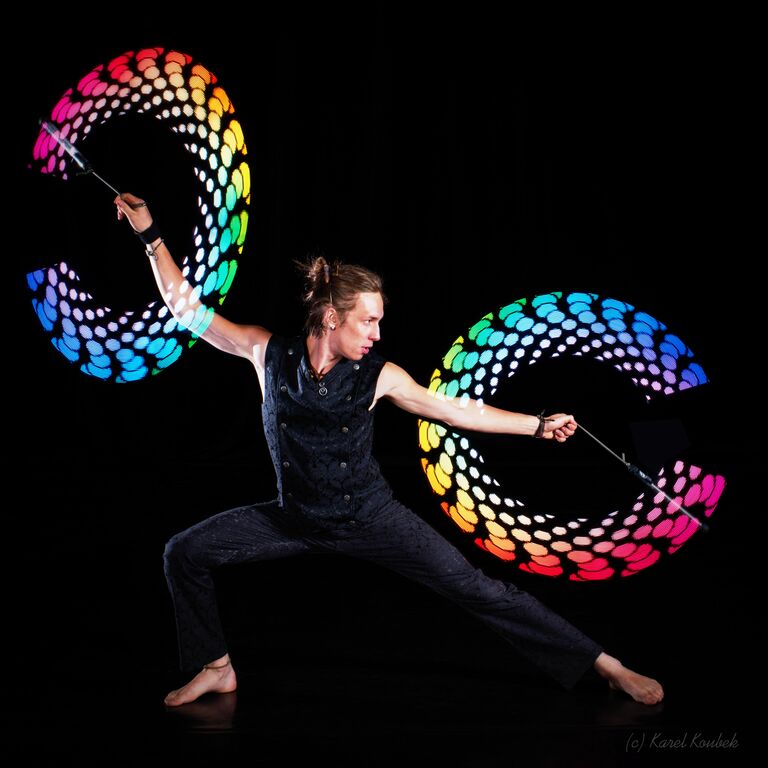 The ropes are commonly made from wool.
The ropes are commonly made from wool.
Let’s take a brief look at the construct of a Poi:
- The Head – This is known as the “Poi ball.” The poi ball has its weight, which adds tension on the rope or string when swung.
It is positioned at the farthest point from the string’s handle. There are various examples of materials used for different types of Poi; they include: Cotton and Kevlar wicking, a regular ballbag, a beanbag, or even LED weighted objects shown below.
These different materials are used in fire poi, practice poi, and lit poi, respectively.
- The Leash – This is the string that joins the head and the handle. It may be a string, cord, chain, cone, or any other object that serves that purpose.
The fire poi is attached to a “technora” or a chain; various attachments exist for Poi’s different forms.
- The Handle – This is the point at which the artists hold and control the Poi.
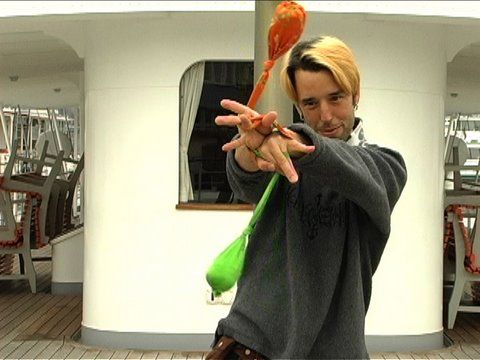 This part is connected to the leash at the end of the leash. Various forms of handles exist, from knobs and knots to loops and balls.
This part is connected to the leash at the end of the leash. Various forms of handles exist, from knobs and knots to loops and balls.
More and more poi spinners are opting for the fantastic looking LED lite poi balls. Perhaps as an entry point towards the more masterful and daring feat of fire poi spinning, where the poi balls are ignited in real burning flames and wielded.
Poi has a rich cultural background, as it is a native dance that has kept men fascinated for many generations. Poi is a kind of dance in which weights placed at the end of strings are swung rhythmically.
The name “poi” originates from Aotearoa’s Maori natives of New Zealand. The dance is a part of the Maori culture and tradition.
Outside the Maori culture, Poi dancing is a very recent development and slightly deviates from the traditional type of Maori people.
As a result of the emergence of fire spinning, Poi started to become popular outside of the Maori clime. Fire spinning is not a part of the culture of the people of Maori, hence the deviation.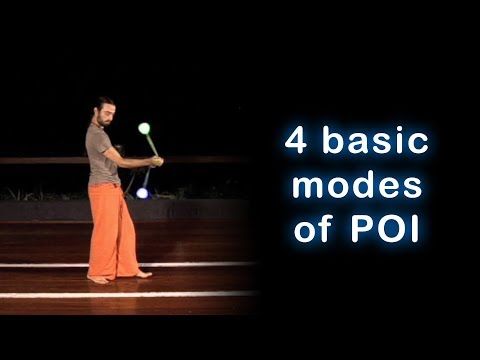 To date, the brain behind the development of “fire poi” is yet to be discovered, the same as the time it became popular.
To date, the brain behind the development of “fire poi” is yet to be discovered, the same as the time it became popular.
The present version of Poi is a mixture of many other performance moves such as rhythmic gymnastics, juggling, dance, etc in junction with popular music.
With more interest rising in the art, other variants of Poi came about, such as LED poi, flag poi, and much more. These forms seemed to be eco-friendlier and healthier as compared to the fire poi. Even with these variants, the name “poi” remained.
These new variants are less intense than other competitive sports, and this attracts more participation from enthusiasts.
Because Poi spinning is relatively new, it may be difficult to find poi balls at local retailers. If you do then consider yourself lucky. It is increasingly easier however to order poi balls from novelty retailers online.
Various types of poi balls exist today. Several factors contribute to the difference in the price of poi balls, including the materials.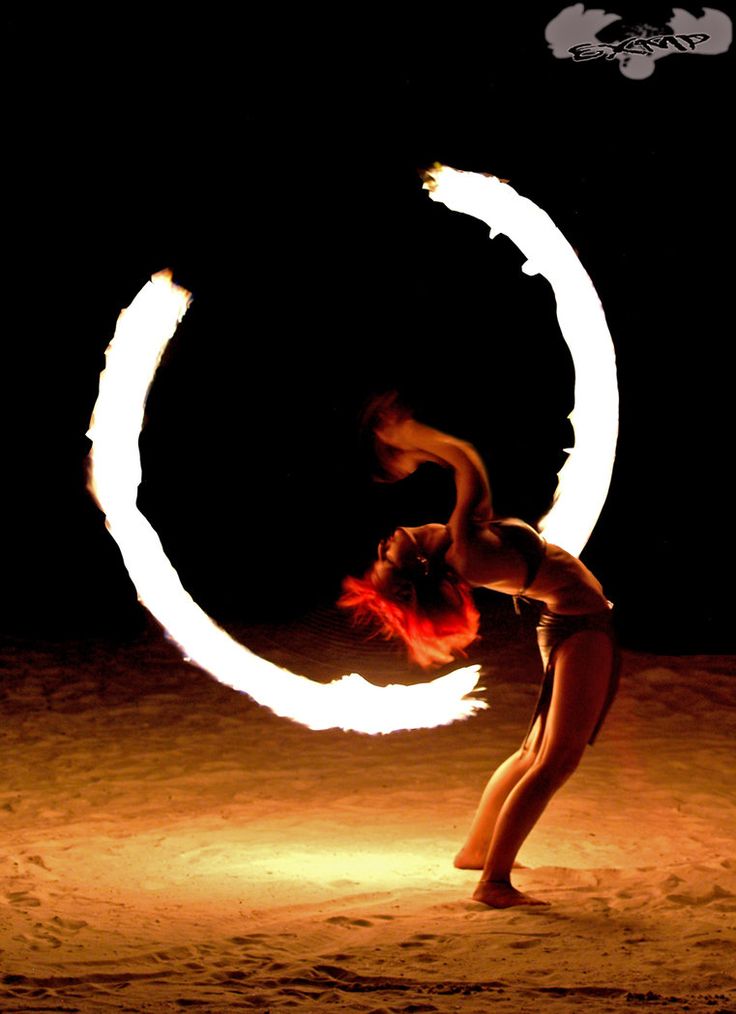 Below are the best and most popular poi ball, followed by the most affordable:
Below are the best and most popular poi ball, followed by the most affordable:
- Podpoi v2 LED Poi (Best)
- Fun in Motion Poi ball (Most affordable)
If you want to get a poi ball, it may be a good idea to put into consideration certain factors such as:
- Price
- Eco-friendliness
- Texture
- Weight
- Cushion for pain on impact
- Power and battery life for LED poi balls
- Warranty, etc.
In this step-by-step guide, you will discover how to make poi balls without stepping out of the house:
- SOCKS AND WATER POI BALLS
You will require a pair of tube socks, water, and two balloons to make the type.
Steps:
- To form the head, fill a balloon with water to a preferred weight – a tennis ball size is the right place to start and then make adjustments.
- Ensure to knot the balloon correctly. Put the balloon in front of the sock.
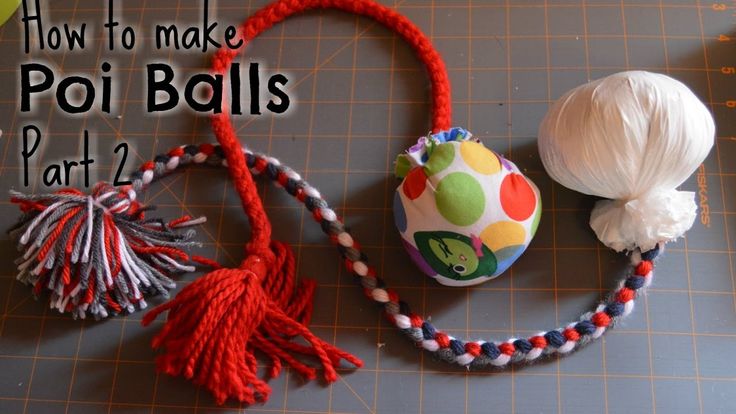 It makes the socks the leash and also the handle.
It makes the socks the leash and also the handle. - Form the grip by making a knot at the top.
- SOCKS AND RICE POI BALLS
To make this, you will require: a tight-woven pair of socks, two plastic bags, two cups of rice.
Steps:
- Carefully measure the desired quantity of rice and divide them into equal parts.
- Place them securely in plastic bags. It prevents unwanted sprouting of the rice within the socks due to exposure to water and gives an additional layer of protection from the rice spillage. The use of the plastic bags is optional but recommended, and this part serves as the head of the Poi.
- Put the rice into the socks.
- Knot the end of the socks to serve as the grip.
- Using dry beans is also valid for this process.
- SOCKS AND FLOUR POI BALLS
This type of poi ball requires flour, two balloons, and a pair of tube socks.
Steps:
- The entire process is very similar to the socks and water version, but we use flour instead.
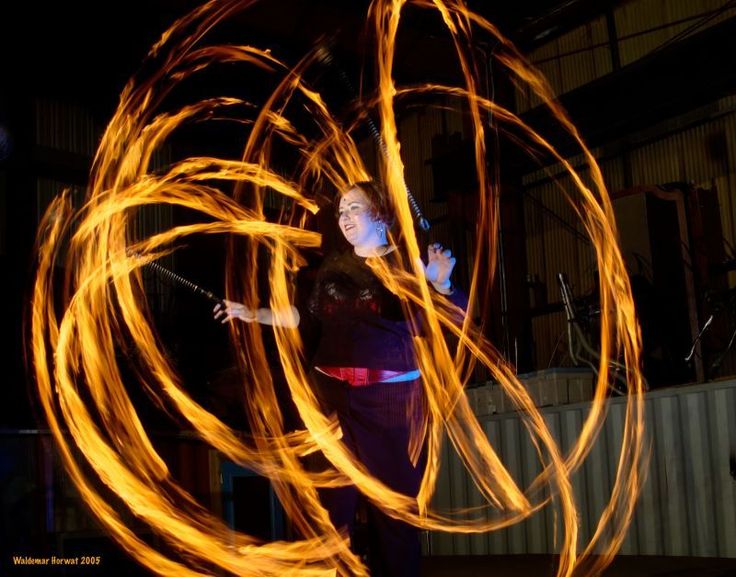 It isn’t easy to put the flour within the balloon compared to the ease of water filling balloons.
It isn’t easy to put the flour within the balloon compared to the ease of water filling balloons. - Do you remember we said that in other to make socks and water poi ball, the benchmark size should be a tennis ball? It is different from the socks and flour poi ball in that it is highly recommended that you begin with the size of a golf ball.
- SCARF AND ROPE POI BALL
To make this type of poi ball, you need to have: scarves and flexible belts (preferably two).
Steps:
- Plan and decide what end of the material would be used as the weighted end and which side would serve as the handle. Making use of buckles would be the best option for handles.
- What way would be most convenient for you to grip the handle end of the material? Decide this, too, as you make plans for the handle. You may choose to make a fist or wrap around your arm, etc. own it.
- How long do you want the leash to be? Determine that and then knot the remaining part to serve as the weight for the poi head.
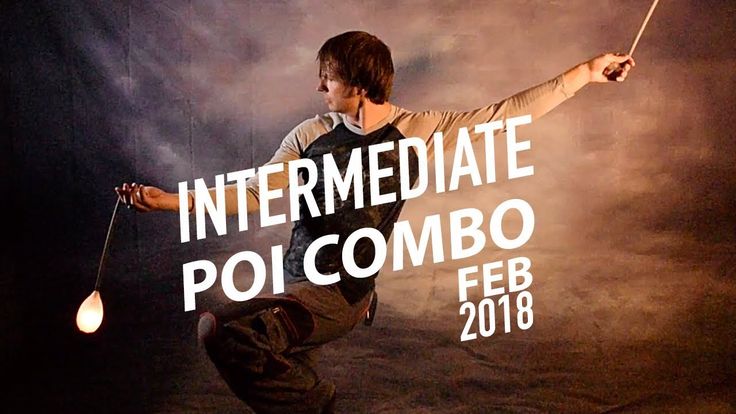
- SLEEVE SHIRT AND RICE POI BALL
If you have an old shirt and you want to display some creativity, then the stage is all yours.
Here’s what you require to make this: two plastic bags, two cups of rice, and one long sleeve shirt.
Steps:
- Detach the sleeves from off the shirt.
- Make a knot on the wrist of both sleeves.
- Carefully measure and equally share the rice to get your desired weight for each Poi.
- Provide a layer of protection for the rice by placing it into a plastic bag. It also prevents the rice from spilling and shields against unwanted sprouting. Tie the bag securely to keep the rice.
- Place it into the sleeve.
- Knot the other end of the sleeve to make the handle.
Congratulations! You just made your own Poi at home with no stress at all.
You don’t need to be a physicist to master poi spinning, understanding the dynamics of Poi spinning however can make it that much more interesting.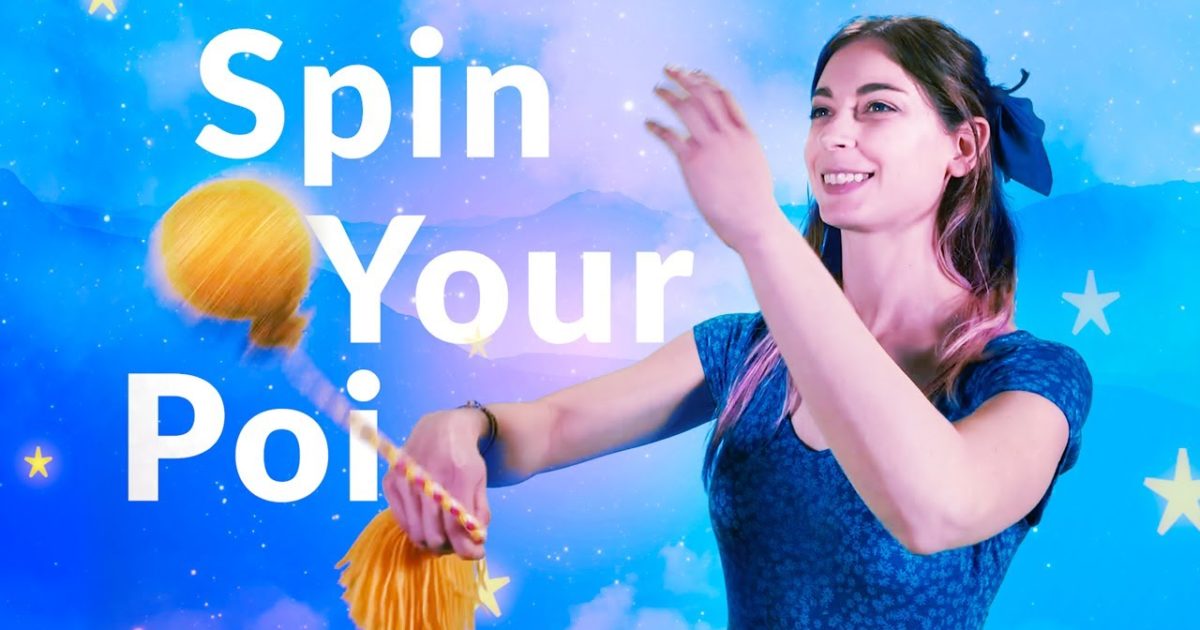 Poi is one prominent example of how the universal laws of motion can be practically apparent in day-to-day activities.
Poi is one prominent example of how the universal laws of motion can be practically apparent in day-to-day activities.
All three of Newton’s laws of motion is apparent in Poi.
The force that keeps the ball rotating for instance, is the force on the string known as the centripetal force. Based on the law of inertia (Newton’s first law):
- Long strings would require much more effort to keep the poi balls in motion because the ball will circulate at a lower speed due to a larger distance. Until there is an opposing external force, from the spinner, or air resistance called drag, the ball maintains its velocity.
Regarding Newton’s second law:
- If you have two poi balls of different mass, it will require more force to move the heavier one.
- The ball’s acceleration is directly proportional to the force you apply to the ball though the string or cord of the Poi.
Based on the third law:
- The poi ball’s motion is dependent on the velocity of your hand motion.
 As you pull the Poi, the Poi pulls you too. The action is equal and opposite to the reaction.
As you pull the Poi, the Poi pulls you too. The action is equal and opposite to the reaction.
Poi is much more than a game; it is a lifestyle, a potentially healthy one at that. The following are the potential effects of Poi:
- Poi may help in the building of muscle tone.
- It is a known stress reliever.
- Spinning poi helps to improve concentration and spatial awareness.
- It is helpful to achieve a healthy heart.
- Poi helps you become more flexible.
- It is an excellent way to stir up your creative side.
- It helps to gain more strength and stamina.
- It is an excellent way to build team spirit and promote healthy competition, especially among children.
Poi connects history, art, lifestyle and well-being. What started as a popular activity among native people is now a fascinating sport to watch today.
For those looking to add to their list of pro-healthy living activities, Poi is a valid option. In all, Poi is highly accessible as well as beneficial.
Tags: fire poiPoipoi ballspoi dancingpoi spinning
90,000 12 life hacks, to quickly learn how to dance from Mamita DanceDances
Author: Pavel Gather
Psychologist, Lecturer Salsa and Tango
Dances
Author: Pavel Pavel
Psychologist, Lecturer Salsa
on At the start, you always want to get a quick result. When it doesn't happen, the hypothesis arises that everything takes time. After a conditionally acceptable time, humility comes to mastering pair dances, which, perhaps, is not given, and I will just do what I learned somehow.
This is the most common story of those who believe that the mere act of attending a pair dance class is enough to learn how to dance.
Absolutely not. If you want to really dance well, you have to make an effort outside of the dance class. A good teacher will definitely be needed, but the initiative should be on your side.
1. Listen to music
Listen to music
The most common and accessible advice that is given already in the first lessons. And it definitely works. Music creates a certain atmosphere of the dance and intuitively you want to move to it. It doesn't matter where you listen to music - in the car, on headphones while walking or doing household chores.
An addition that will help you dance better is your active participation in the music. Sing along, dance or simply beat musical accents with any free parts of the body. In the subway, for example, it is enough to tap out bright moments with your fingers, in the car to sing along with sounds, and at home you can jump for pleasure.
2. Watch videos of good dancers
It's complicated, but also obvious. It’s more difficult, because without recommendations from more experienced dancers, unfortunately, it’s not so easy to find a good quality video on the net (I mean not the resolution quality, but the content itself).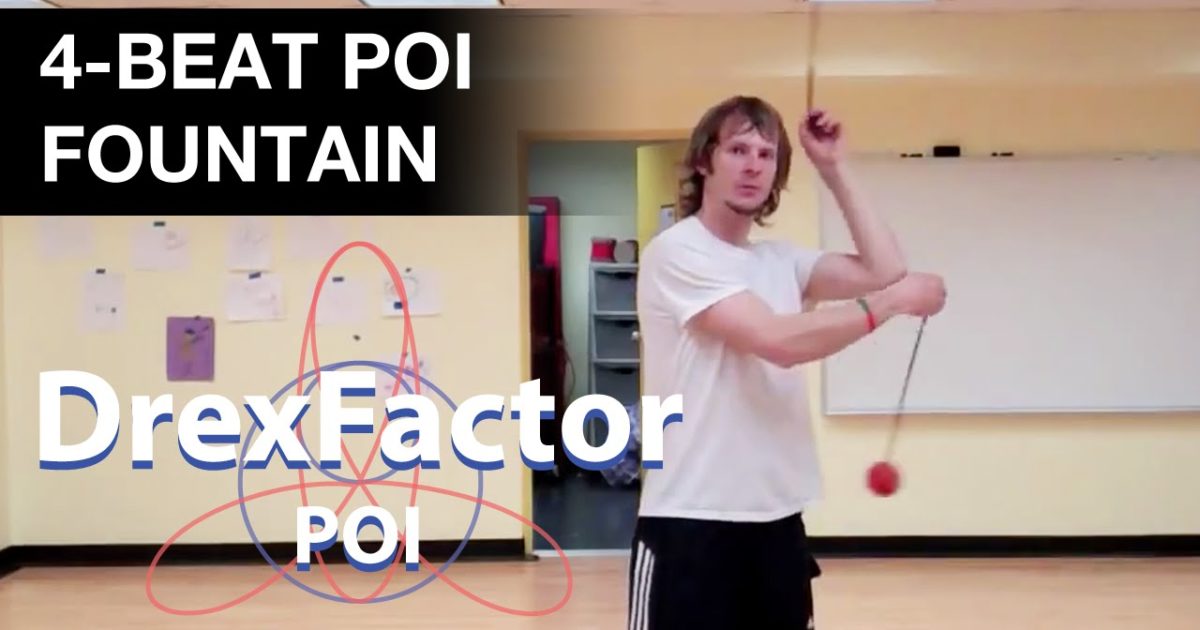
Meaningful viewing of the video is to form an understanding of HOW the dancers make this or that impression on the partner or the viewer. Technology is at the heart of everything. Understanding how the pros do it is a big step forward.
It is important to distinguish between a show and a disco dance, a choreographed performance from an improvisation, a stylized dance from an authentic one, etc. Ask for recommendations and dance instructors will always upload a couple of videos of worthy landmarks.
Tango Z. Showreel.
Online modern tango courses
Tango nuevo is the most advanced version of tango. We can quickly learn to dance from zero to a steep level.
| View details |
3. Dance in salsatecas/milongas/discotheques
A very delicate moment when it is worth coming to the first party. From a technical point of view, most students in 1-3 months have a sufficient set of figures and techniques to come and dance calmly.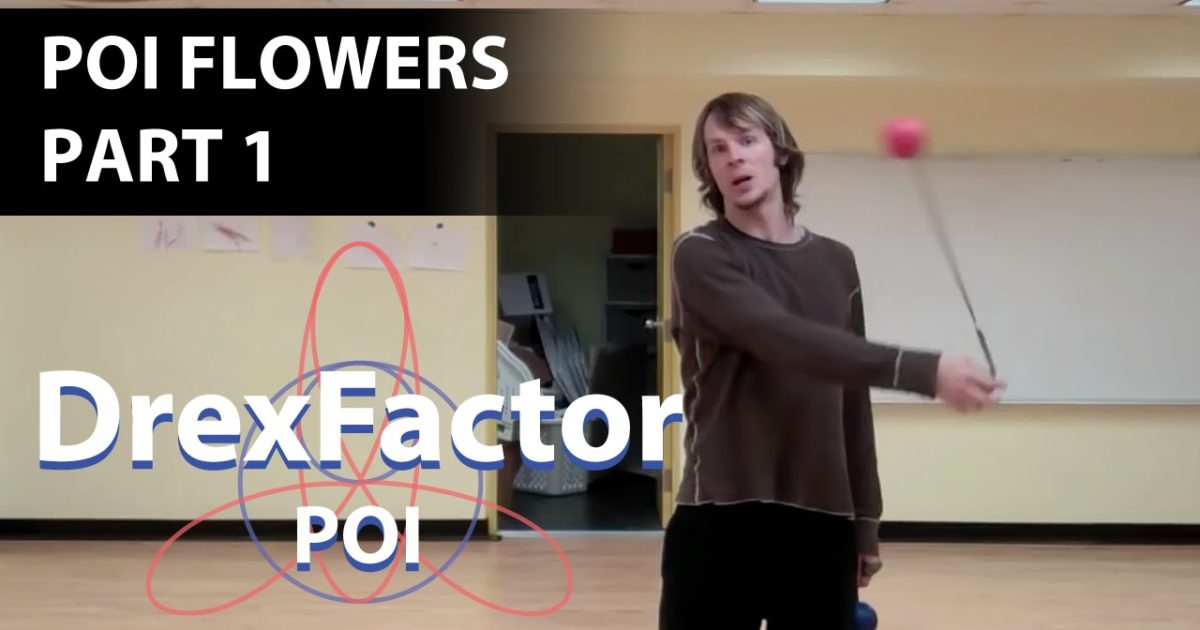 Psychologically, the same moment can be stretched out for an indefinite time. After all, it is imperative to “not lose face”, “learn more figures” and be sure what to do in case “there is an unfamiliar movement”.
Psychologically, the same moment can be stretched out for an indefinite time. After all, it is imperative to “not lose face”, “learn more figures” and be sure what to do in case “there is an unfamiliar movement”.
In fact, the partygoers don't really care (except for a small layer of non-professional teachers who want to help inexperienced dancers by treating them as customers in the future). It is important to come and try dancing after a month of classes. You can only with friends or guys from your group. This will be enough to feel the adrenaline and inspiration from the dance.
4. Dance with partners or partners not of your level
The conventional wisdom that you need to practice in groups of your level does not withstand the test of experience. Perhaps now your eyes widened in surprise, and you want to meaningfully read the phrase again. Yes, you saw everything correctly: when you dance with a partner of your level, you don’t grow anywhere.
It's important to understand that not only does it work one way and you have to dance with cooler dancers, but it works even more effectively the other way. It is no coincidence that teaching pair dances dramatically raises the level of the teacher himself. You have an endless stream of very beginner dancers.
How it works. A more experienced partner needs to be "stretched". It's easy and obvious. With beginners, you need to take more initiative on yourself, see the general pattern of the dance more widely, turn on and insure more, try to be an example and be more careful. The quality of interaction begins to grow significantly. And wonderful partners too.
Dancing with partners of your level doesn't make you grow. Dance with both beginners and more advanced dancers
Dominican Bachata Women's Style Online Course
Want to learn how to hypnotize those around you with the most appetizing part of your body? On the course we will tell you all the secrets.
| Interesting |
5. Learn to dance for a partner and for a partner
Turks and Argentines are one of the best partners in the world. In Russia, partners are highly valued. Why? The answer is simple. In Argentina and Turkey, it is not questionable for men to ask another man to lead in one piece or another and give feedback on the quality of the lead. For them, it will be a great shame to hear moralizing from a partner, or even more so to be known in the community as an insecure partner.
In Russia, due to the constant, often far-fetched, opinion that there are more women in pair dances, partners calmly get up and study their partner's part. Such partners then grow into very cool dancers and teachers. In no case do this at parties, only in class. Here we are talking only about the learning strategy. At parties, be yourself.
6. Do not memorize the links
Always try to look deeper and understand the through principle and idea of movement. Understanding what and how is done will make it possible to independently generate any sequences and chips.
Understanding what and how is done will make it possible to independently generate any sequences and chips.
Human memory is limited and there will always be a moment when something will escape and your repertoire will be limited by the size of RAM.
In Argentine tango, for example, there are seven levels of movement construction that, when mastered, will allow you to make millions of combinations. And how many dance sequences can you really remember? In rueda, more than 150 figures dance in a rare circle. It's hard to keep more in mind.
7. Develop your body
Many years of experience in teaching couple dance shows that as soon as everyone pairs up in a class, any progress in individual style ends. But it is the individual style that distinguishes everyone at the disco: partners change, and style is always with you.
The body as the main instrument of dance must be very plastic, responsive and emotional. Surprisingly, not all pair dance schools have a general physical warm-up. It is vital to tune the body and understand how it works.
It is vital to tune the body and understand how it works.
You can always train extra and concentrate more on the basic steps, as their true value is as body work. The sequence of steps is, in fact, the simplest thing that can be in pair dancing. The quality of individual performance determines the craftsmanship.
8. Try on the images of inspiring dancers
A psychological life hack for those who have already mastered the steps, but still feel that there is not enough brightness and drive. Most are terribly afraid of being someone else's "clone". Here the action is the same as under the influence of hypnosis - the more you resist, the more you plunge into an altered state of consciousness.
With a high degree of probability, you are already dancing like someone else's "clone". A meaningful fitting of someone else's image is that you mentally take the image of the one who inspires you (inspiration is critical in this case) and "put on" yourself. Then you start dancing and trying to feel in general how it is to be able, for example, to be the best partner or the sexiest partner in a disco. This is much more difficult than it seems. But it works extremely efficiently.
Then you start dancing and trying to feel in general how it is to be able, for example, to be the best partner or the sexiest partner in a disco. This is much more difficult than it seems. But it works extremely efficiently.
9. Dance to offbeat music
Habitual rhythms keep you tight. Tango salon or speedy timba leave little room for experimentation and fantasy. Pattern dancing is always noticeable and is reserved for beginners.
The truly new is born outside of the usual. Look for places to experiment. If there is no place, organize self-training. The main thing is not to get carried away, because music determines the style. We bring something new to pair dances, rather than trying to change them.
Search, improvise, don’t be afraid to go beyond, develop in different directions, be inspired by music atypical for the style
10. Try your hand at basic dance directions
dances exist according to their own non-choreographic laws.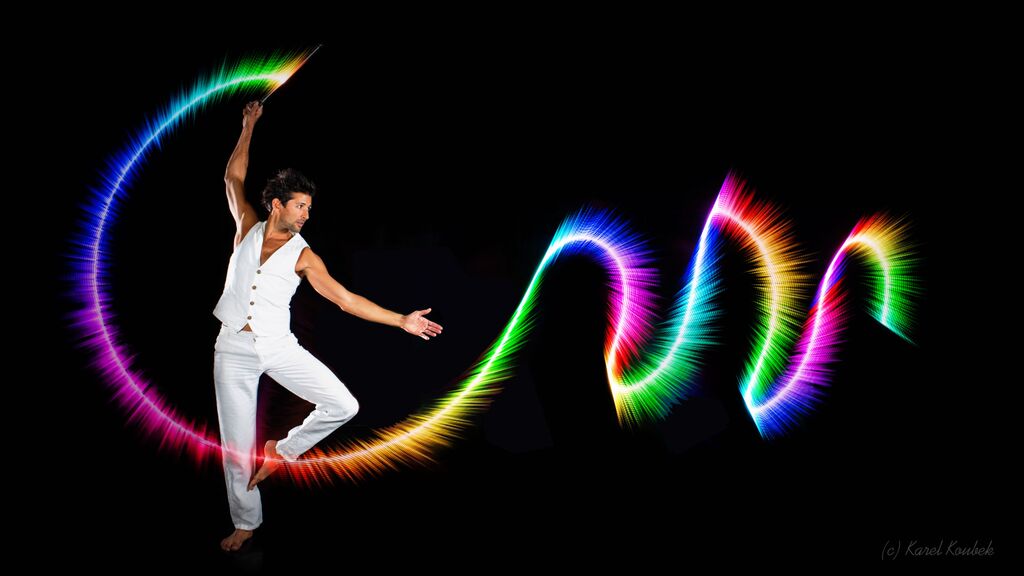
This is the deepest delusion, which has turned into a ceiling for the qualitative development of partner dances. After all, all professional dancers, for example, in salsa or bachata, build their ideas on the basic choreographic principles.
Do not think that choreography is only applicable on stage. Any meaningful movement of the body can be choreographic. In general, try classical or modern choreography. Basically, hip-hop can work too.
11. Look for battle sensations
Pair dances return us to an active position of manifestation of our body. As in the days of our ancient ancestors, we impress the members of the opposite sex by how dexterous, hardy, sexy, etc. we are. Modern laws of the jungle in the entourage of big cities.
If you look around the dance floor, it becomes clear that the majority are clearly herbivores (not in the sense of vegetarians, but in relation to those around them).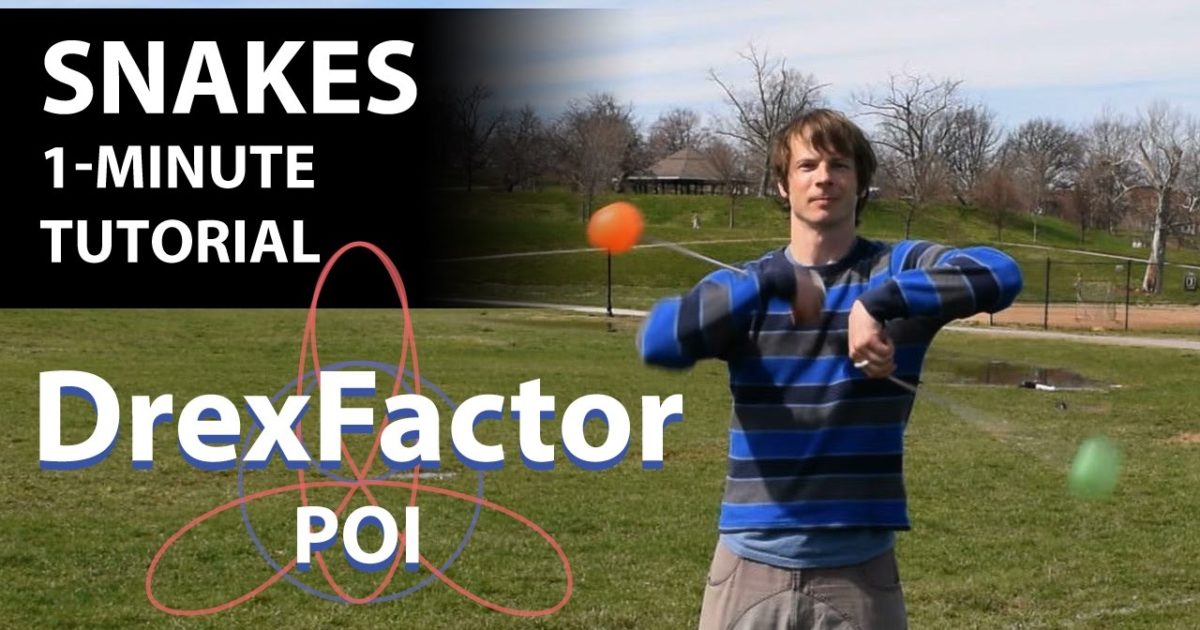 I am sure that predators are always more interesting in terms of the attractiveness of the image - try to find a counterbalance among herbivores, for example, a cat woman or a lion man.
I am sure that predators are always more interesting in terms of the attractiveness of the image - try to find a counterbalance among herbivores, for example, a cat woman or a lion man.
The conversation is about an internal position, not about aggressiveness. Lability and lack of control are inherent in adolescents, and not in adult self-sufficient people.
Accordingly, even a training or friendly battle gives, on the one hand, practical skills - to make a bright sequence of movements, bring an idea to a climax, show a spectacular feature, on the other hand, develops the psychological basis of the dance - self-confidence, resistance to extraneous attention, self-control and self-control in complex elements.
12. Communicate with professionals
The environment shapes the internal position. Basically, real passionaries of the dance community are ready to openly talk, discuss and support the development of dance in every possible way. Universal principles and the ideas they articulate have a much longer and more practical perspective than meets the eye.
Universal principles and the ideas they articulate have a much longer and more practical perspective than meets the eye.
Accept that, for example, behind the words "listen to your partner" is not only a beautiful metaphor, but also a practical skill to literally listen to your partner. At the same time, always treat every thought, even the most respected teacher, as a private opinion.
Your skill will lie in finding the scope of the idea even in conflicting opinions. Most often, the contradiction is speculative and the truth lies in the angle of perception or situationality.
Your dancing growth will stop sooner or later. This can happen at the level of three basic steps or years of experience in teaching and show performances. Regardless of your level, the suggested 12 life hacks can get you off the ground and greatly accelerate your dance growth. There is no way here without your motivation and activity. Take your dance development into your own hands. 9Ol000 Dangerous sexuality
Salsa: destroyers of stereotypes
Couple dancing as a source of strength.
Self-destruction of the couple dance community
The Salsa series as a mirror of the community
Mamita Fridays: salsa, bachata
Destroying the myths about leading pair dances
Does dancing make us better?
The seven deadly sins of teachers
Why we will never dance bachata like the Dominicans
Why tango?
Dispute over musicality
Selection of dances according to alcohol preferences
Where to find inspiration for dancing?
Terrible tango nuevo
Distribution of roles in a salsa party
Argentinean tango through the eyes of a salsa dancer
Is there a predisposition to dancing?
Which is more effective: individual or group lessons?
Sexual overtones in pair dancing
How to learn to dance from video
Dance teaching technologies are developing. Not as fast and noticeable as in other areas, but nonetheless. The popularization of social dance, when ordinary people in ordinary life dance for pleasure, leads to the mass dance culture. Vocational training methods are not as effective here, and new approaches are still taking shape.
Vocational training methods are not as effective here, and new approaches are still taking shape.
Distant formats become noticeable and significant. Online courses, individual lessons via Skype, etc. no longer surprise potential future dance masters. But how effective it is and whether it is really possible to really increase your level of dance, we will analyze in this article. More precisely, we will find a way to get the most out of this format.
The most classic and primitive learning format is the “repeat after me” principle. This format stood at the dawn of virtually any training in any field in the past. When a teacher lacks teaching skills, he offers to simply repeat after him. This is often enough for beginning dancers to get a taste of the dance and draw some obvious conclusions. Firstly, dancing is not as easy as it seems from the outside. Secondly, there are definitely some secrets here that are not obvious at first glance.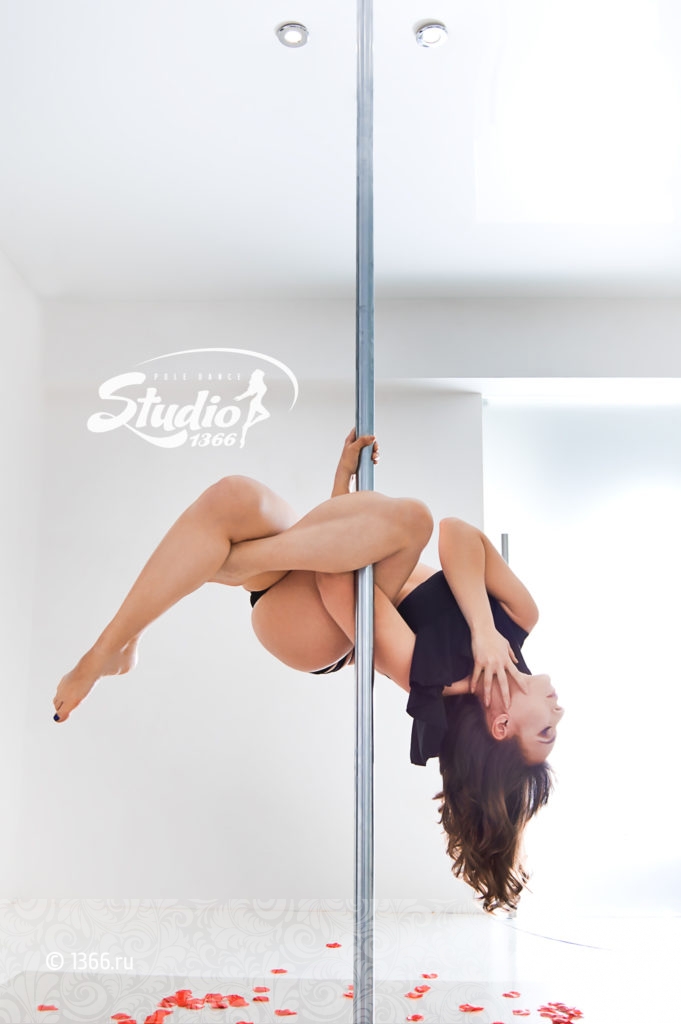
The next historical stage of learning is the moment when the teacher uses a set of exercises to form dance skills. The logic is simple: the dancer's body must be ready to dance freely. If it is not ready, then no secret moves will help. They simply cannot be realized in a body that the dancer does not feel. This approach requires a careful attitude on the part of the teacher to the implementation of auxiliary exercises.
The historical moment of video learning
The spread of video cameras in the 90s of the last century had a significant impact on the popularity of dance culture. This has happened in many dance styles. In a short moment of time, breaking and hip-hop entered the mass audience. Salsa has gained worldwide fame. Dances such as the Argentine tango and the Lindy Hop were revived.
The main reason was that dancers who couldn't be featured on TV did video tutorials or videos from battles and parties were recorded.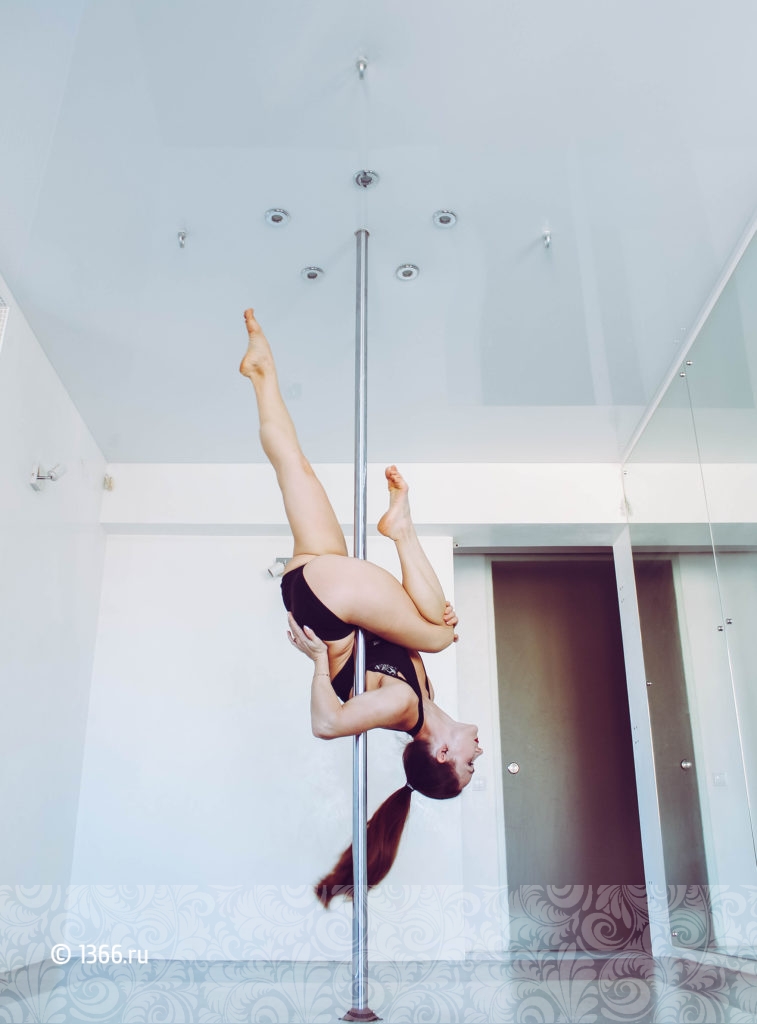 This made it possible to unify the basic technique, show cool examples of performance and give the opportunity to train independently at home.
This made it possible to unify the basic technique, show cool examples of performance and give the opportunity to train independently at home.
Educational videos of the 90s and 00s differ little in their ideology from the very primitive training with which we started. Most of the video courses were based on the fact that a couple of dancers or one teacher showed the figures and offered to repeat after them. At a certain period, this was even a profitable business, since exclusive information on video cassettes could allow teachers to study the material on their own and teach in groups already for money. And for professional athletes in ballroom dancing, it made it possible to study the technique of top dancers in depth.
The most classic and primitive training format is the “repeat after me” principle
Internet invasion of the industry
But the limited probability of the figures themselves and the basic technique led to the ceiling of the possibilities of this format.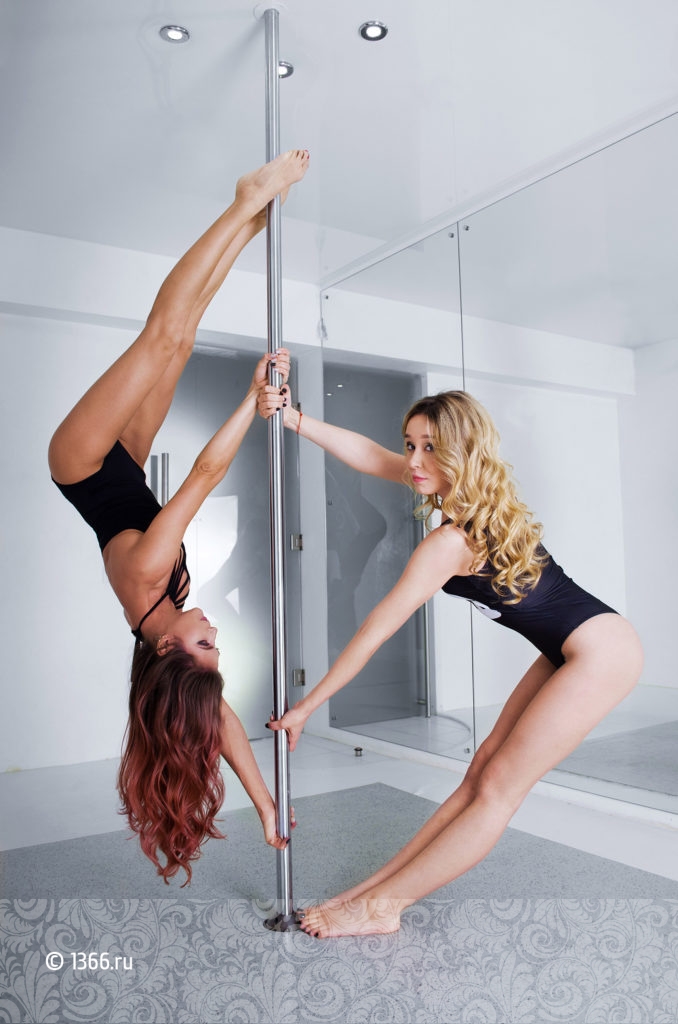 And the openness of the emerging Internet and video hosting devalued exclusivity. It has become easy and free to get information about any figures. But, as it turned out, this is still not enough to learn how to dance. Yes, there are many instructional videos on the Internet. But there are two factors that do not allow you to get a quality result: consistency and motivation.
And the openness of the emerging Internet and video hosting devalued exclusivity. It has become easy and free to get information about any figures. But, as it turned out, this is still not enough to learn how to dance. Yes, there are many instructional videos on the Internet. But there are two factors that do not allow you to get a quality result: consistency and motivation.
You type in a search request to learn a particular dance and get a huge number of links. What to do? Where to start? What is the logic of this or that dance culture? There are more questions than answers. And the idea comes back again that it is impossible to learn to dance from a video, and that the art of dancing can only be passed from hand to hand.
Modern methods of distance learning
Fortunately, teaching methods do not stand still, as do the possibilities of digitalization. Modern paid online courses allow you to build a sequence of training in such a way that they simultaneously solve the issue of understanding dance in general, studying movements and motivation.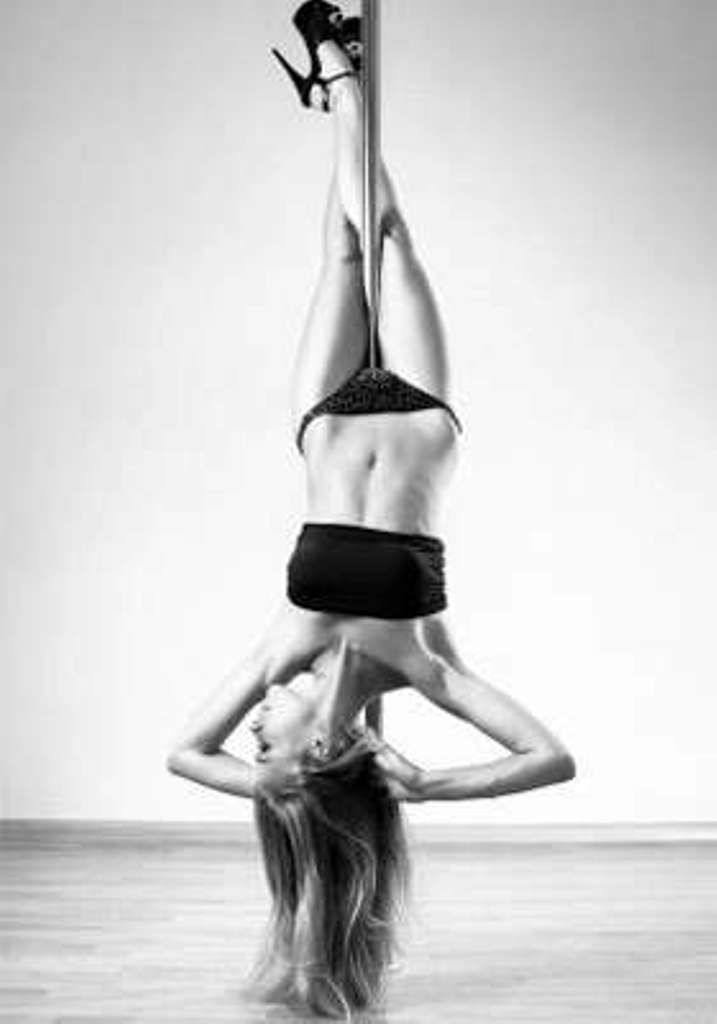 Typically, online courses have a limited time format, but are designed for a longer period of self-study. The complexity and system of work in a group stimulate effective dance growth. And the possibility of individual lessons online becomes no less effective tool than offline classes.
Typically, online courses have a limited time format, but are designed for a longer period of self-study. The complexity and system of work in a group stimulate effective dance growth. And the possibility of individual lessons online becomes no less effective tool than offline classes.
Video training within the framework of such courses can be either a separate form of training or an additional component to group and even individual ones. High-quality auxiliary exercises come first here, and not just a set of connections for learning.
Modern paid online courses allow you to build a learning sequence in such a way that they simultaneously solve the issue of understanding dance in general, studying movements and motivation.
For those who choose to study by video in an online format, it is important to understand that this is not an option that you are forced to choose, because for some reason you cannot afford to study in a group or individually.